PRESENTATION: Ana Mazzei-Sleepwalk
 For Ana Mazzei, art, architecture and landscapes construct, in themselves, a fiction that connects them, resulting in installations, settings and objects. Some of the works operate on a smaller scale, such as the series of installations arranged on the floor formed by groups of small shapes made of felt, concrete or wood similar to the architectural models of old cities, amphitheaters or monuments.
For Ana Mazzei, art, architecture and landscapes construct, in themselves, a fiction that connects them, resulting in installations, settings and objects. Some of the works operate on a smaller scale, such as the series of installations arranged on the floor formed by groups of small shapes made of felt, concrete or wood similar to the architectural models of old cities, amphitheaters or monuments.
By Dimitris Lempesis
Photo: Green Art Gallery
Ana Mazzei’s artworks are like pieces and fragments of myths, lives and fictions that are represented in drawings, videos, sculptures and installations. At other times, her works function as observation devices framing this vast repertoire from a specific point of view. Focusing on a widely experimental practice, the artist appropriates different sensorial materials, such as felt and concrete, connecting to the environments in which she works. The second half of Virginia Woolf’s novel, “To the Lighthouse” (1927), unfolds over ten years of war. The characters are adrift, a state of ennui prevails. Life happens in a dream. Ana Mazzei’s solo exhibition, “Sleepwalk” , takes the fragmented, half-seen consciousness of waking sleep; of being in the world, but not quite there, and materialises this state into a mise-en-scène in which sculpture acts as both actor and set piece to a quiet drama. Entering the Green Art Gallery, initially, the visitor only sees the action in partial, our line of sight to the exhibition obscured by a semi-transparent black curtain. Drawing past, a stage comes into full view, upon which stand a series of “shadows”, as the artist terms them: freestanding works in which sheets of black or white linen are stretched in varying forms over wire frames. The shapes are abstract but one’s imagination might easily extract a formal motif. A face, a figure, legs akimbo. Yet nothing is fixed, and in another instant, these pareidolic associations are liable to change. Subjectivity rules. This dissolution or disintegration of certainty makes reference to the work of Italian futurist Anton Giulio Bragaglia, in which the photographer sought not to capture a static image, but the body in movement and life in flux. Bragaglia’s mesmeric work captured the vertigo of war, Mazzei’s sculpture, all created in 2021, similarly come from a world once again turned upside down. It is a game the Brazilian artist has played before though, building on works such as “Corpo Parede” (2018) in which, against a blue wall, strips of wood created the slightest suggestion of acrobatic figures, or “Drama O’Rama: Other Scenes”, the semi-circle of freestanding wooden blocks the artist showed June 2021 at the Glasgow International festival in Scotland. Each bore silhouettes to motifs only hinted at, never determined. Yet in the softness of their material, the “shadows” here are less assertive still than those previous projects, the tautness of the textiles symbolic perhaps of an underlying anxiety embedded in the new body of work. Flanking the stage are a series of wall-based sculptures. The artist refers to them as “mind maps”. Slim blocks of wood this time, painted different colors, are joined to form discrete geometric compositions. They refer not just to the aesthetics of Suprematism, particularly the paintings of Russian artist Olga Rozanova, who died the year of the Bolshevik revolution, but also the manner in which the twentieth century avant-garde movement sought to disassemble a landscape, breaking up and breaking down images into their constituent parts of color and form. Here again a moment of dissolution occurs. Like dreams, reality is deconstructed; like when we wake from dreaming, life is staged anew.
Photo: Ana Mazzei, Cadeira Meditacao (detail), 2021, Wood and Cushion, 72.5 x 47 x 31 cm, © Ana Mazzei, Courtesy the artist and Green Art Gallery
Info: Green Art Gallery, Al Quoz 1, Street 8, Alserkal Avenue, Unit 28, Dubai, United Arab Emirates, Duration: 15/11/2021-31/1/2022, Days & Hours: Sat-Thu 1o:00-19:00, www.gagallery.com
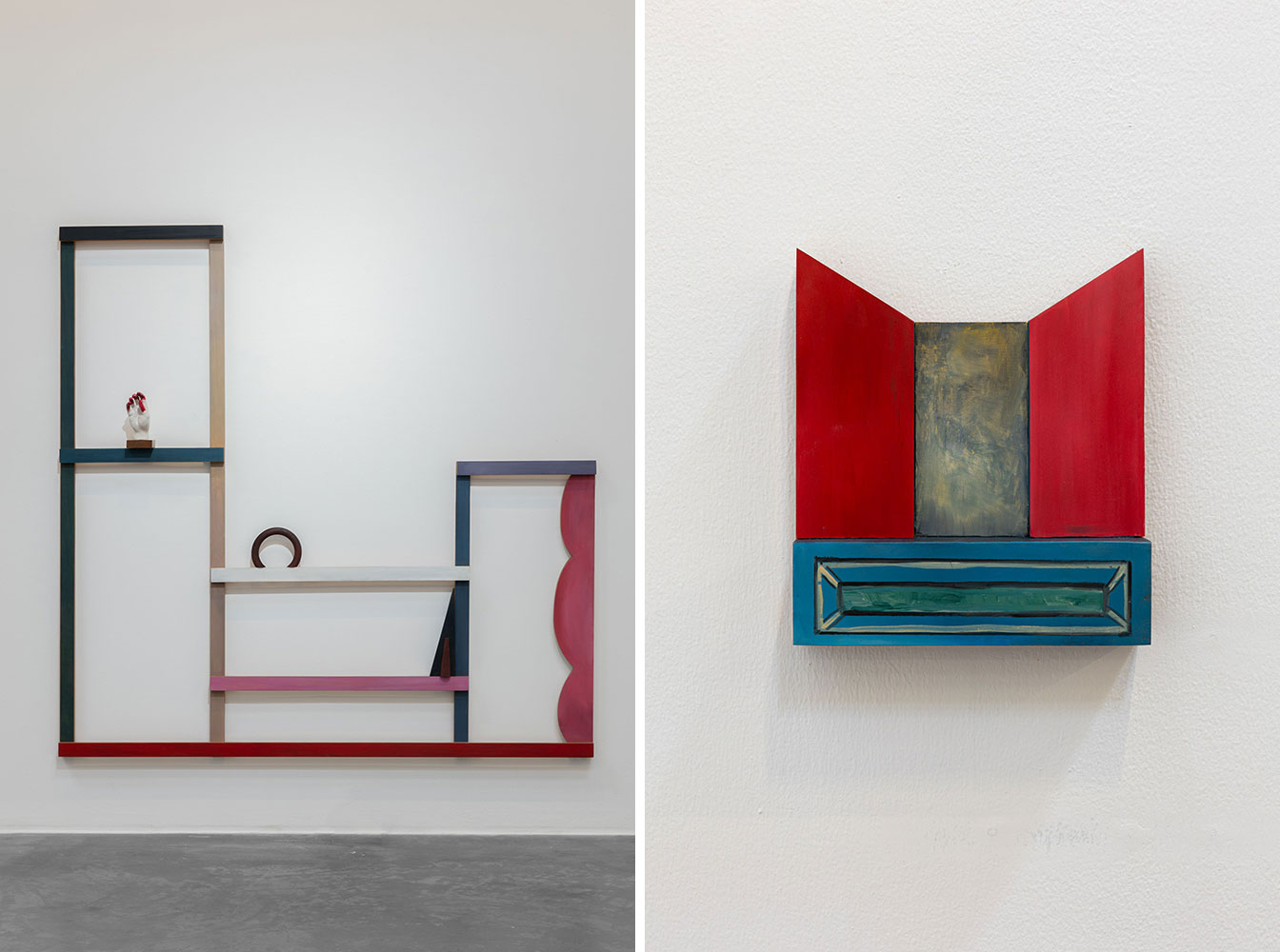
Right: Ana Mazzei, Cogumelo VI, 2021, Wood, 33 x 29 x 7 cm, © Ana Mazzei, Courtesy the artist and Green Art Gallery
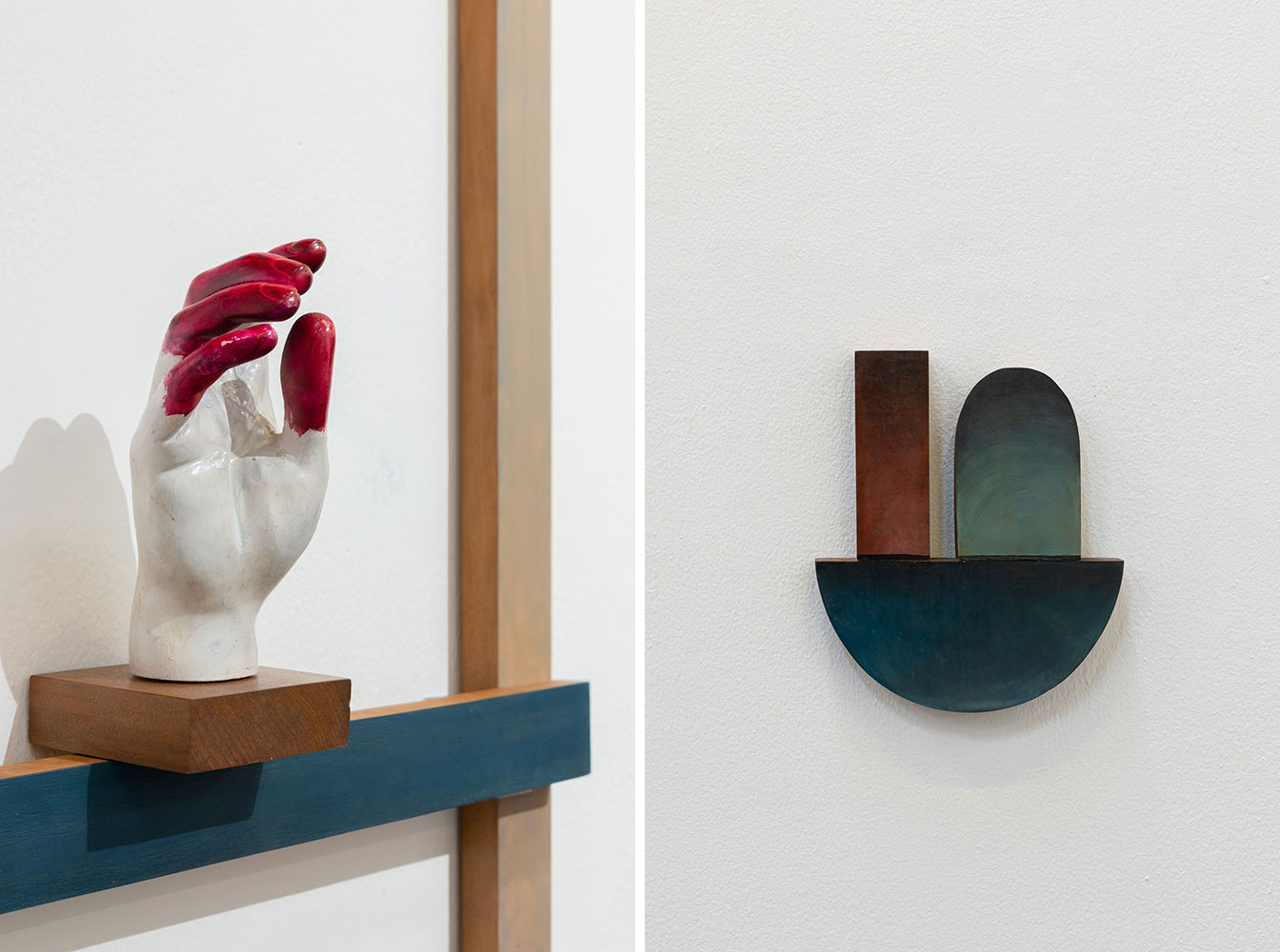
Right: Ana Mazzei, Cogumelo II, 2021, Wood, 27.5 x 28 x 6 cm, © Ana Mazzei, Courtesy the artist and Green Art Gallery
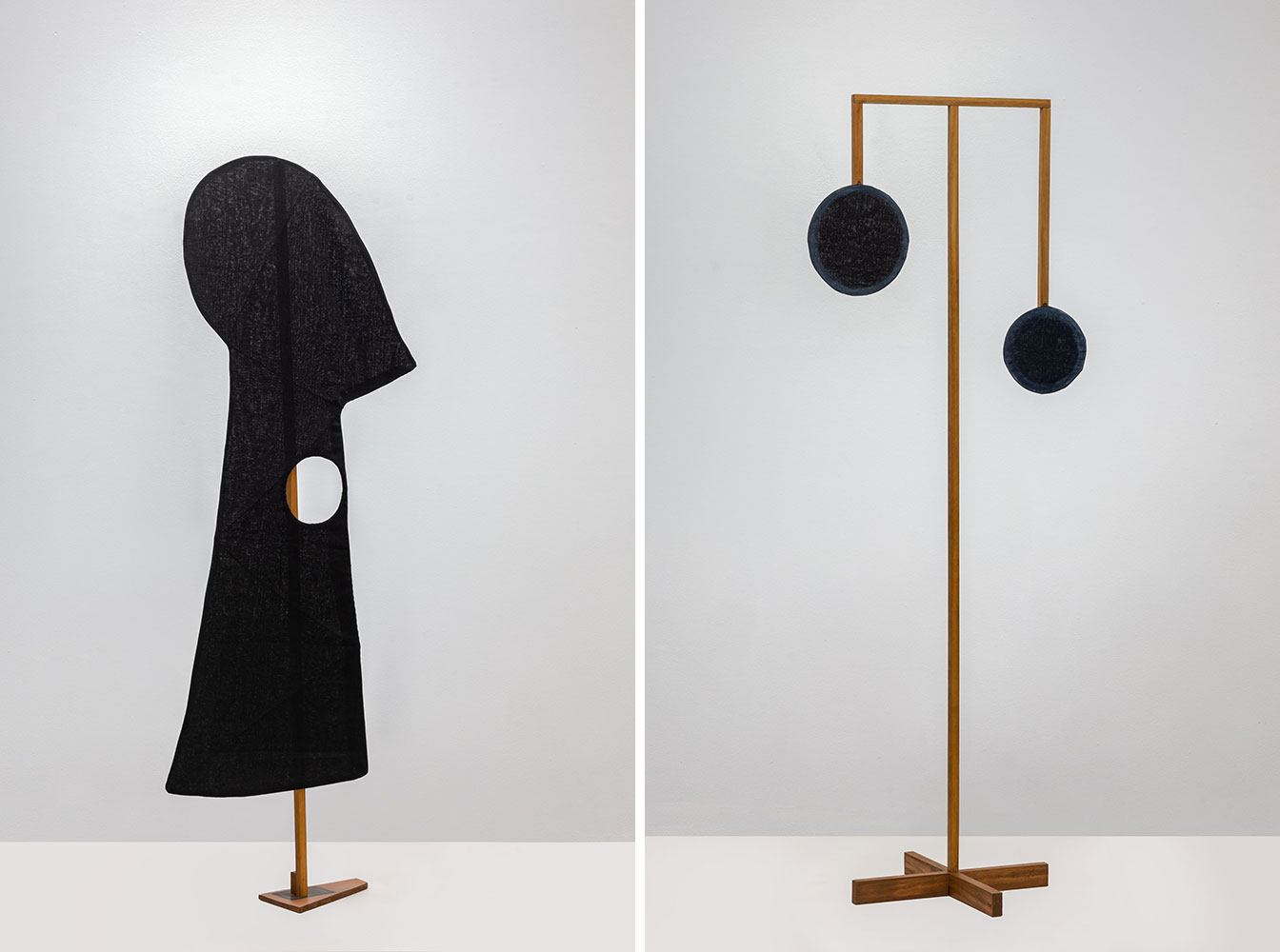
Right: Ana Mazzei, Sombras VI, 2021, Wood, wire and fabric, 184 x 50 x 50 cm, © Ana Mazzei, Courtesy the artist and Green Art Gallery
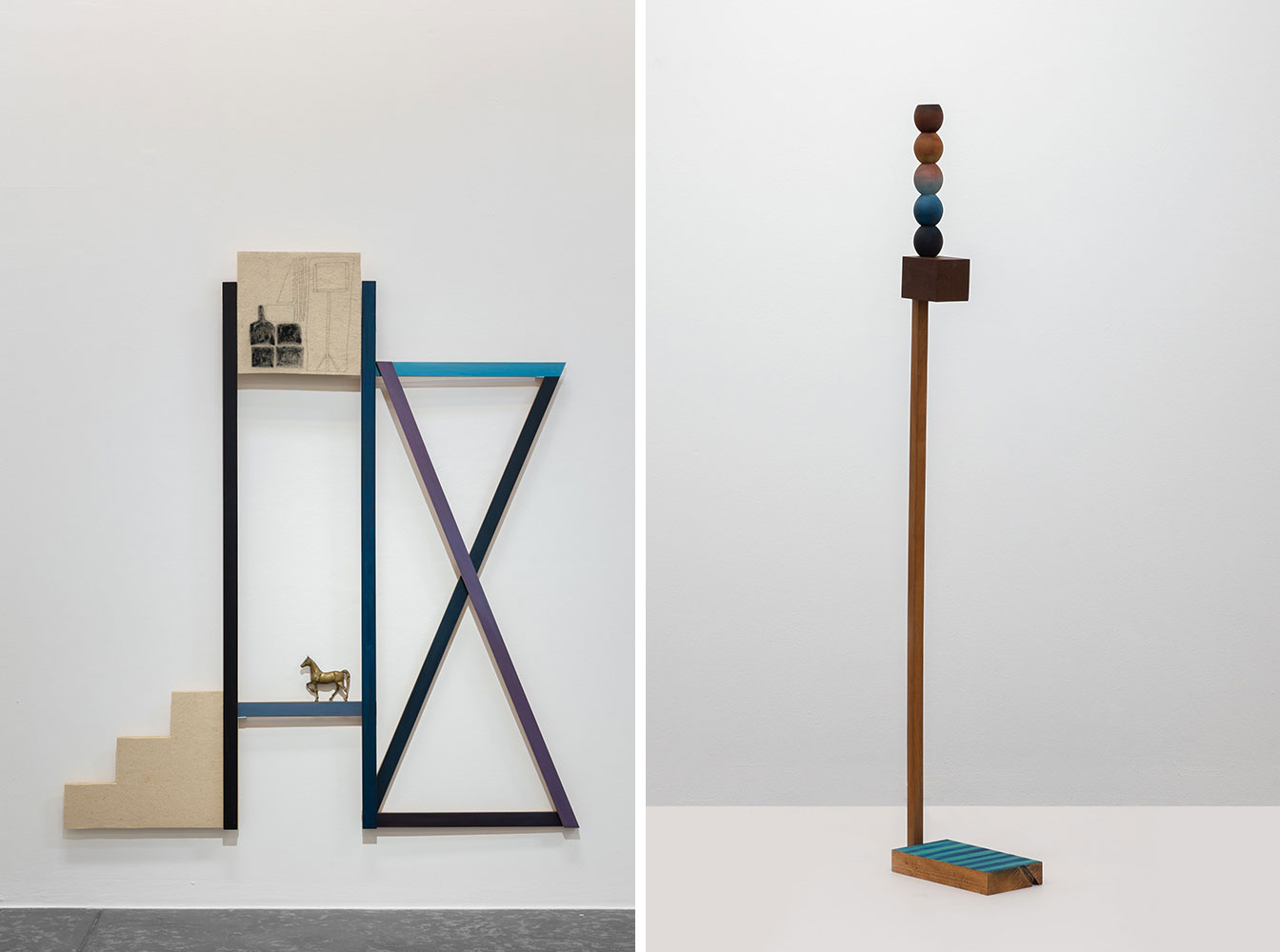
Right: Ana Mazzei, Cat’s Tail, 2021, Pine and Peroba mica wood, 140 x 14 x 29 cm, © Ana Mazzei, Courtesy the artist and Green Art Gallery
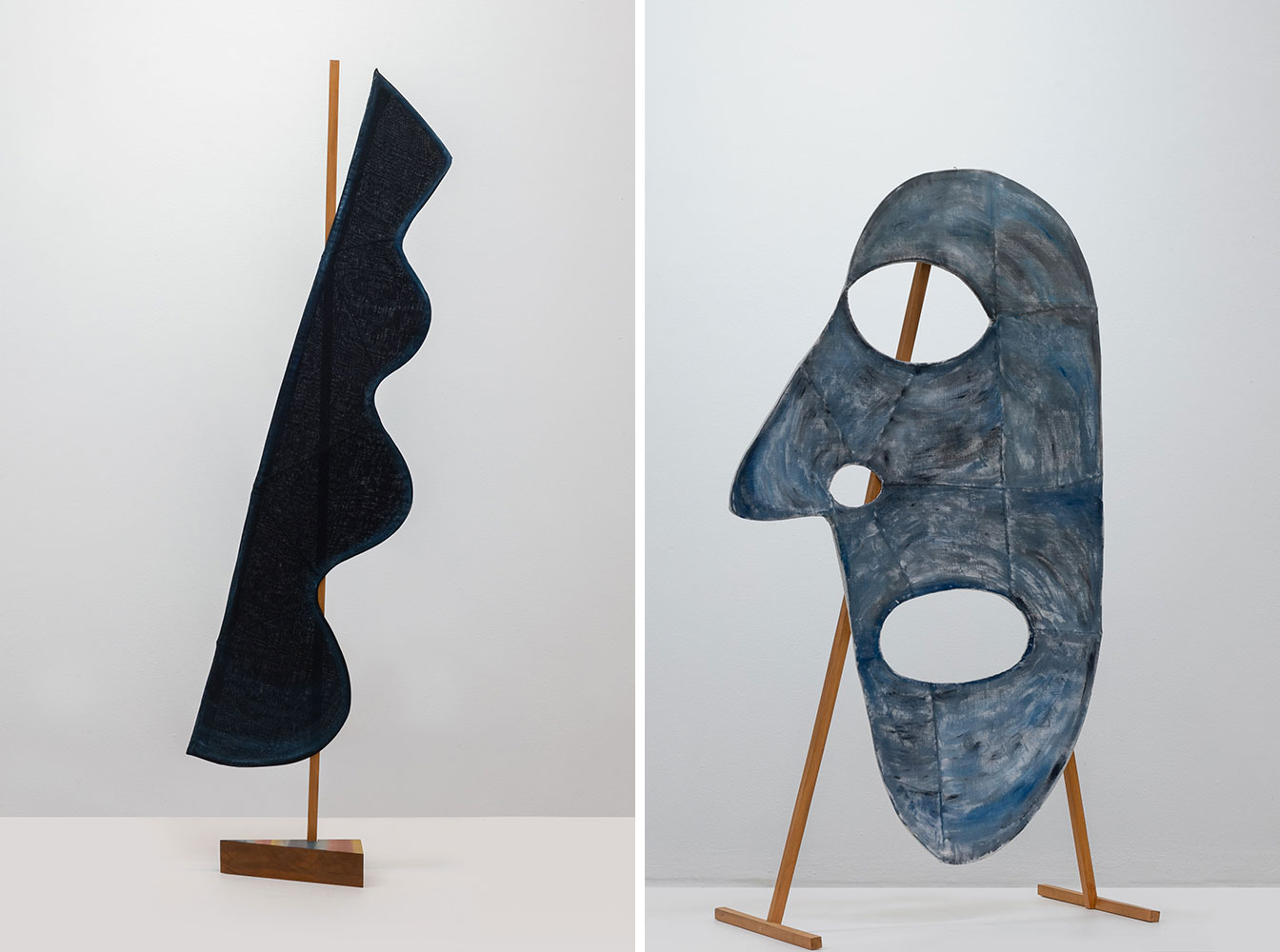
Right: Ana Mazzei, Sombras IV, 2021, Wood, wire and fabric, 138 x 73 x 44 cm, © Ana Mazzei, Courtesy the artist and Green Art Gallery
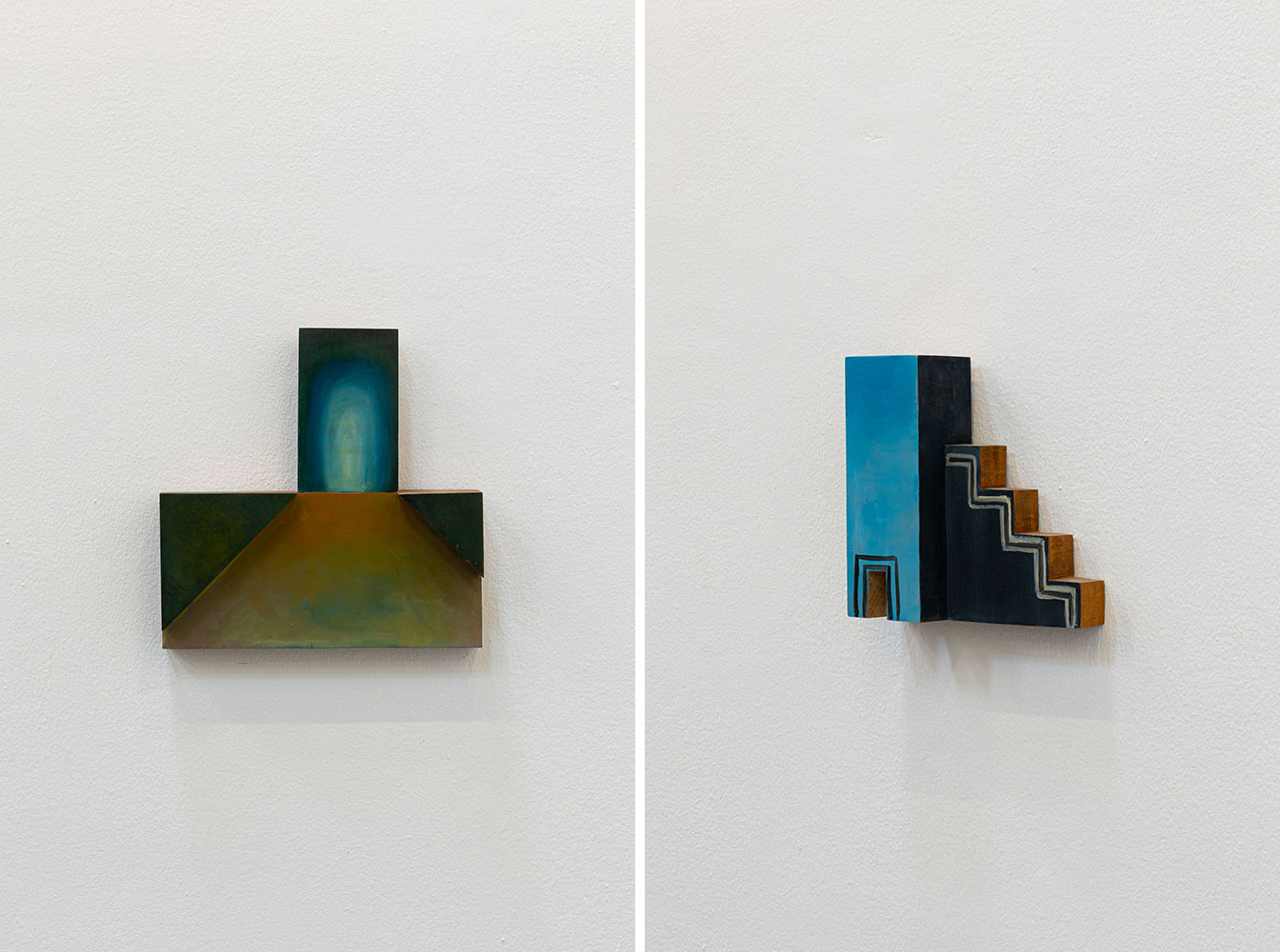
Right: Ana Mazzei, Cogumelo V, 2021, Wood, 22 x 22 x 7 cm, © Ana Mazzei, Courtesy the artist and Green Art Gallery
